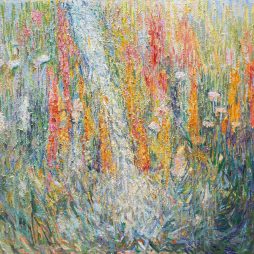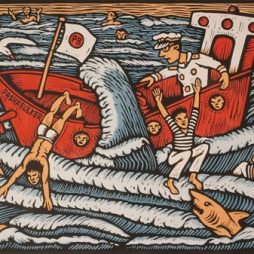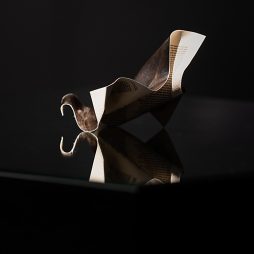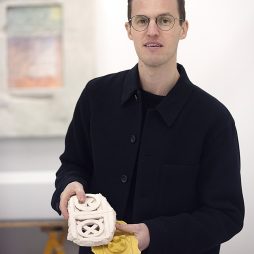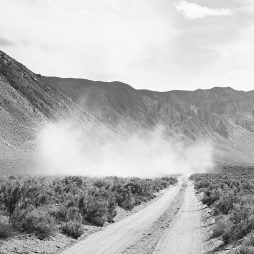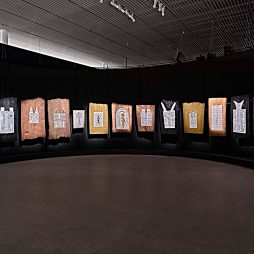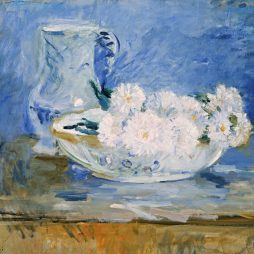REVIEW: Dangerously Modern | Australian Women Artists in Europe 1890-1940
Co-presented by Art Gallery of South Australia and Art Gallery of New South Wales, the 220 works by fifty artists in Dangerously Modern: Australian Women Artists in Europe 1890–1940 opened in Adelaide in May 2025, before it heads to Sydney in October.
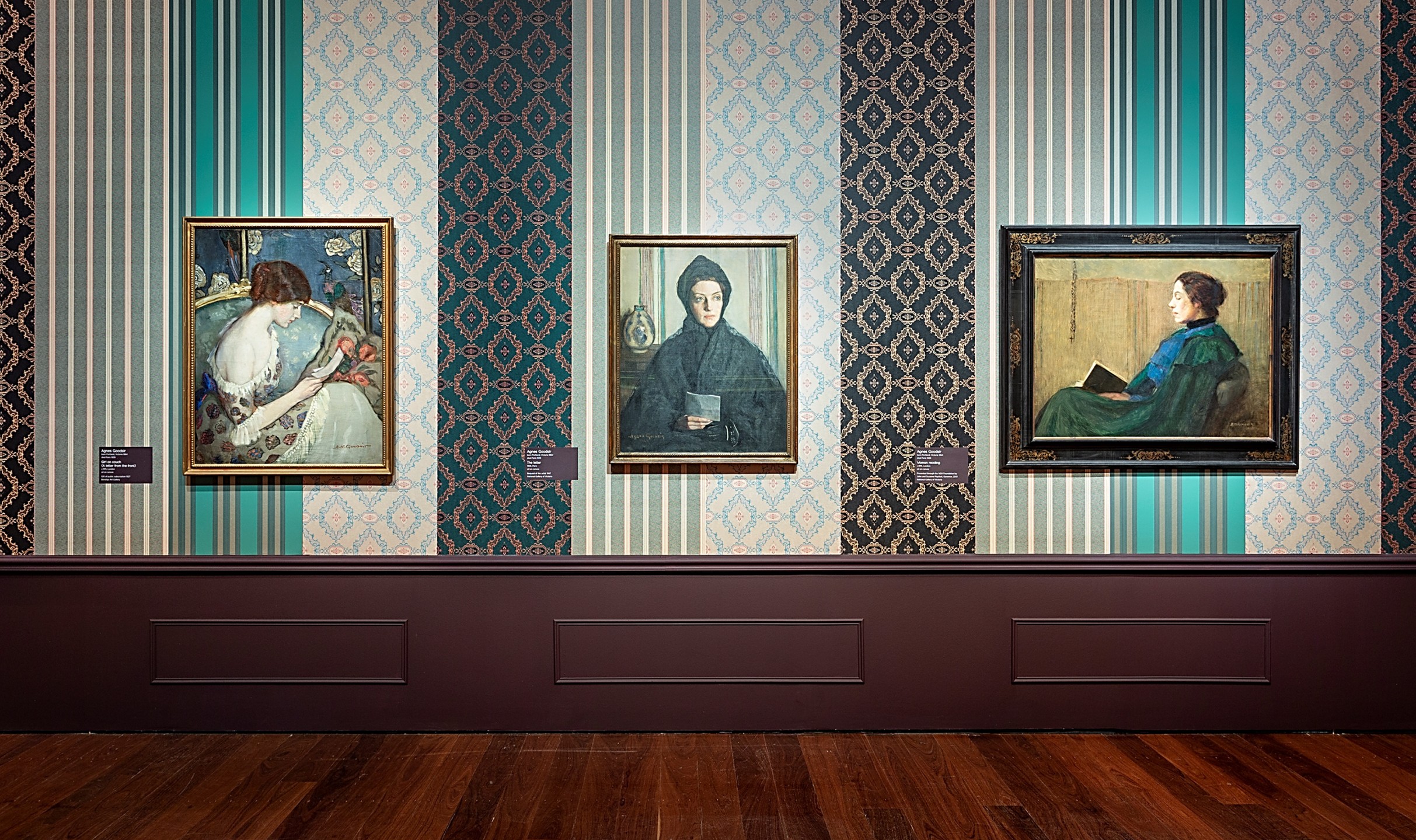
The two-and-a half-kilogram catalogue for the Dangerously Modern exhibition, set inside its pink, gossamer carry bag, is the perfect metaphor for this exhibition at the Art Gallery of South Australia (AGSA) featuring fifty Australian women artists who left for Europe to travel and study art in the heady years of modernism, from 1890 to 1940.
Like the exhibition’s substantial catalogue, the greatest strengths of Dangerously Modern come from its deep-dive scholarship, rich collections of artwork, intriguing artist storylines and collaborative contributions from curators, writers and institutions. These strengths are realised in the 220 paintings, prints, sculptures and ceramics on display and the encyclopaedic nature of the catalogue—both of which are great “legacy” contributions to the unfolding histories of Australian women artists and their contributions to modernism.
The gossamer quality of the exhibition extends to the approach the curatorial team has taken towards design, storytelling and sound architecture—no doubt emulating the immersive sensorium created to present the hugely successful AGSA Clarice Beckett show in 2021. There is a swooning, soft-core reverie to Dangerously Modern, with its combination of an exhibition soundscape by contemporary artist Margie Jean Lewis, a dusky colour palette courtesy of Porter’s Paints and the often-florid label texts via the curatorium.
Visitors enter the exhibition galleries through a gauzy, curtained portal to acclimatise for the heightened, modernist feminine to come. This softening of gaze sets the tone for the first suites of work from the early twentieth century, featuring miniature watercolour portraits alongside several paintings and pastels of women “caught in an intimate moment.”
Here we find The Chinese Coat, a “luminous nude” pastel on paper by Melbourne artist Janet Cumbrae Stewart from 1919, which has become the key promotional image representing Dangerously Modern. This rendering of a woman, engaged in her own sensorial world, with her back to the viewer, embodies the “soft subversive modernism” which co-curators Elle Freak and Tracey Lock (both AGSA), and Wayne Tunnicliffe (AGNSW) take as a lens to read the works in the show.
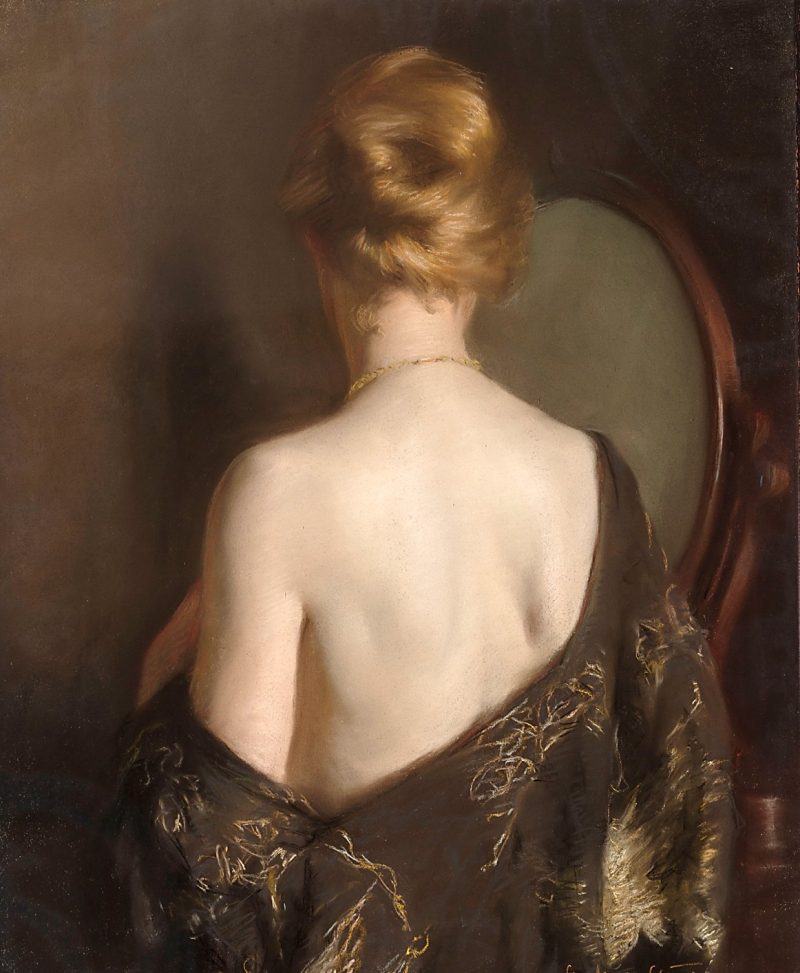
Janet Cumbrae Stewart, The Chinese Coat, 1919, pastel, paper, 62.2 x 49.5 cm. Dangerously Modern: Australian Women Artists in Europe 1890-1940. Art Gallery of South Australia, Adelaide. Photography by Saul Steed
Further into the exhibition we see a shift in representation across three paintings by Agnes Goodsir, produced in London and Paris in 1915 ̶ 26, hung against a profusion of historical wallpapers. The transition from a soft-focus, feminine subject engrossed in reading a letter in the first painting, to the darker worldly-worn figures in more abstract settings in the other two works, hints at the post- First World War modern woman to come in the twenties and thirties and how she would be depicted.
It certainly comes as a relief to eventually meet the kohl-eyed, direct gaze of Goodsir’s Girl with Cigarette, c. 1925, an oil on canvas portrait of her lifelong partner Rachel (Cherry) Dunn, a painting now 100-years-old and as captivating as ever. Other artists, such as Margaret Preston, Thea Proctor, Grace Cossington Smith, Grace Crowley, Ethel Spowers, Dorrit Black and Nora Heysen will be recognised as figures in the revised histories of women in Australian art, produced since the emergence of second-wave feminism in the 1970s.
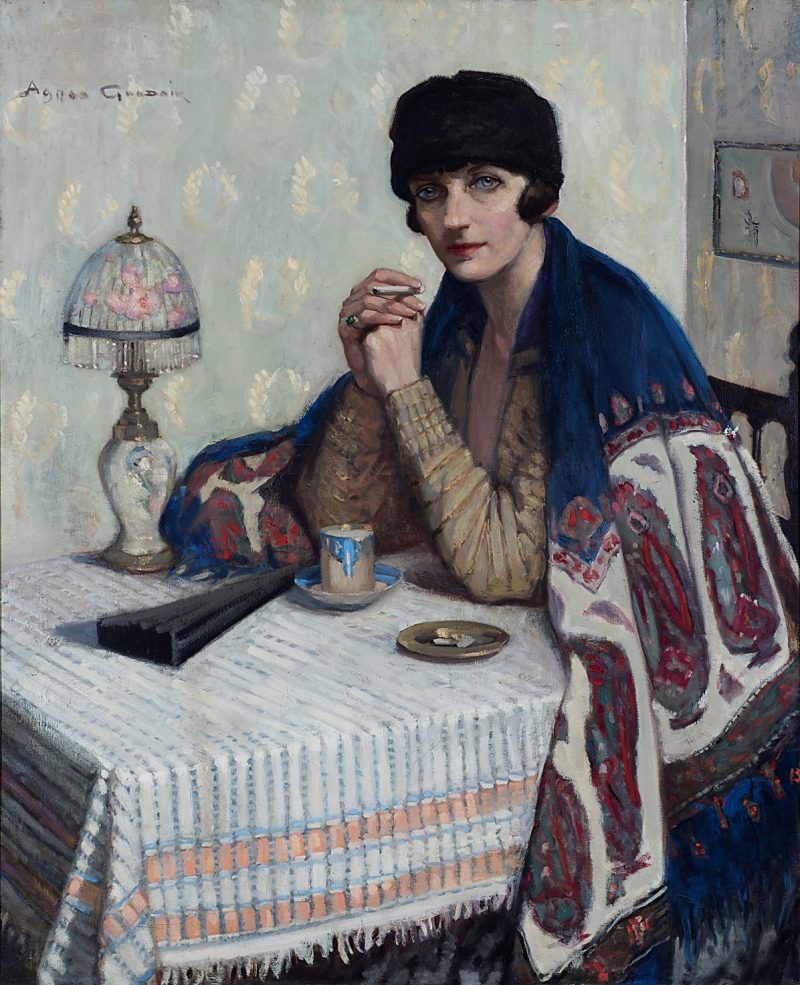
Agnes Goodsir, Girl with Cigarette, c. 1925, oil, canvas, 112 x 94.3 cm (framed). Art Gallery of South Australia, Adelaide. Photography by Saul Steed
Dangerously Modern argues that the expatriate woman artist was doubly outcast by art historians, for creating what was seen as “Un-Australian” art, by continuing to focus on the freedom and independence of domestic spaces and relationships, whilst living in Europe; or painting the peoples and cultures of other countries as they travelled—rather than focussing on the Australian landscape.
This line of thought is examined by Rex Butler and A.D.S. Donaldson in their catalogue essay “Australian art cannot be said to exist” (quoting artist, poet, art critic Edith Fry from 1925). An alternative is posed by other writers: through “transnational exchange” (Elena Taylor) and “transnational discourse” (Elle Freak), leading to art that is “universal, eternal and not parochial” (Kathleen O’Connor) with a “de-emphasis of the ‘here’ or ‘there’” (Freak).
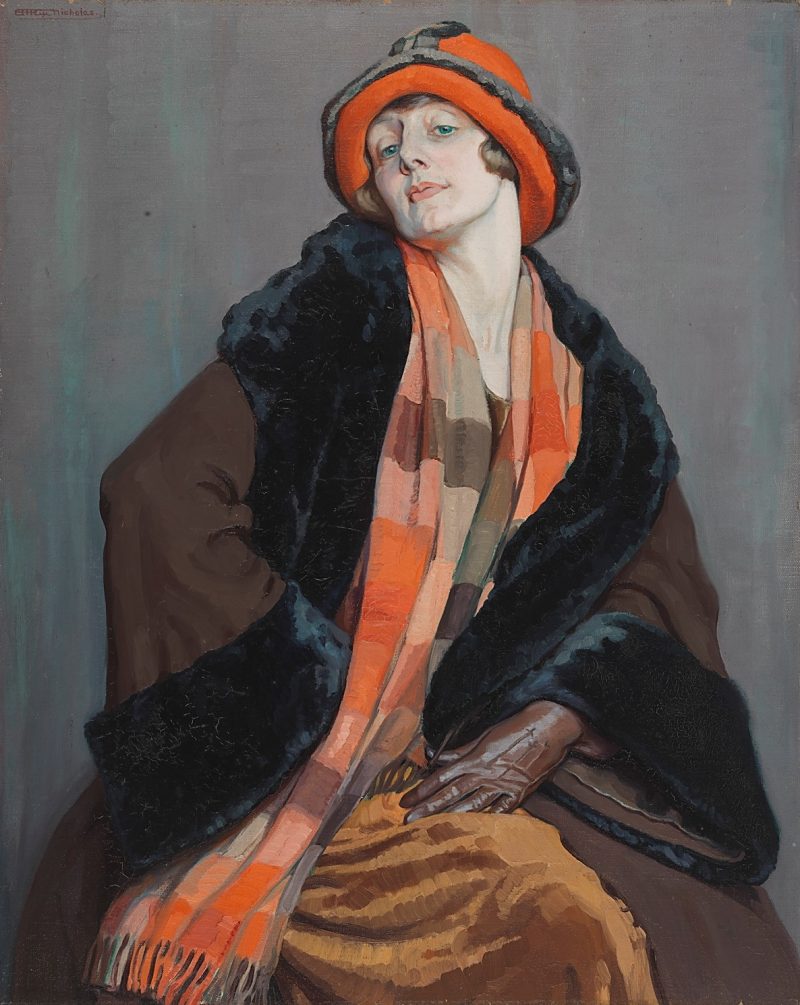
Hilda Rix Nicholas, Une Australienne, 1926, oil, canvas, 103 x 81 cm, National Gallery of Australia, Canberra. Dangerously Modern: Australian Women Artists in Europe 1890-1940. Art Gallery of South Australia, Adelaide. Photography by Saul Steed
Fast forward to the present: a new era of Australian women artists and curators are living and working “transnationally.” It is contemporary First Nations women, such as Kimberley Moulton, Amrita Hepi, Nici Cumpston, Brenda L. Croft and Grace Lillian Lee, who are moving regularly between Australia and Europe, North America, Asia. As a recent example, Yorta Yorta curator Moulton has been involved in the Emily Kam Kngwarray exhibition at Tate Modern, where she is adjunct curator Indigenous, whilst also maintaining a role as senior curator of the RISING Festival, living in Melbourne / Naarm. Rather than “de-emphasising” connection to “here” or “there,” these women’s greatest strength and sense of purpose is grounded in a specificity of place—something they carry with them always and everywhere, often in collaboration with international First Nations artists and curators taking culture to the home of the colonisers.
Over a century after the women of Dangerously Modern began embarking overseas, it is First Nations women artists “abroad” who are the ones to watch right now.
EXHIBITION
Dangerously Modern: Australian Women Artists in Europe 1890–1940
24 May – 7 Sep 2025
Art Gallery of South Australia, Adelaide
11 October 2025 – 1 February 2026
Art Gallery of New South Wales, Sydney
Images courtesy of the Art Gallery of South Australia, Adelaide and Art Gallery of New South Wales, Sydney
Susan Charlton is a writer-curator and artist-archivist, based on Kaurna Yarta / Adelaide
This article was first published in Artist Profile Issue 72

